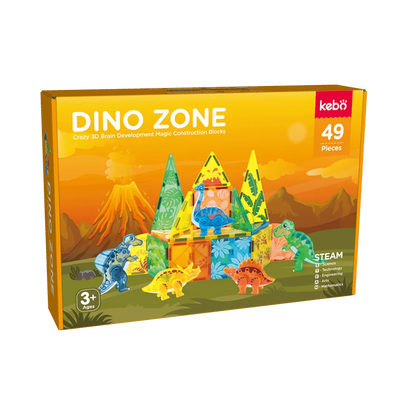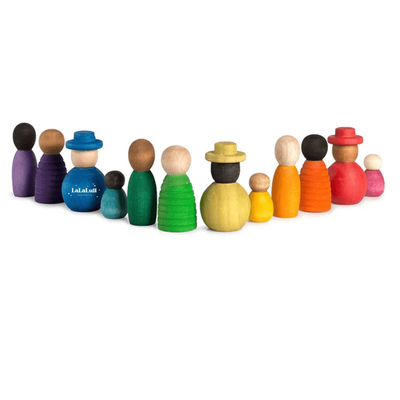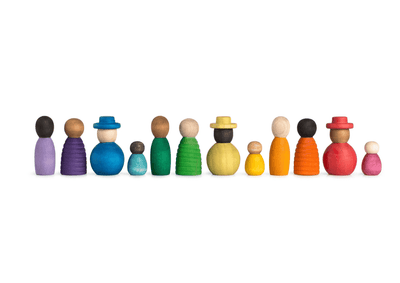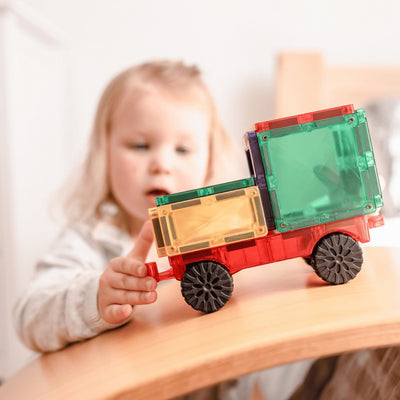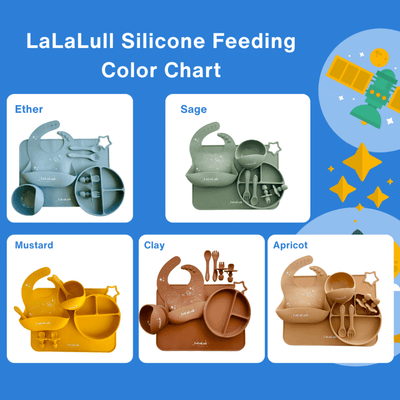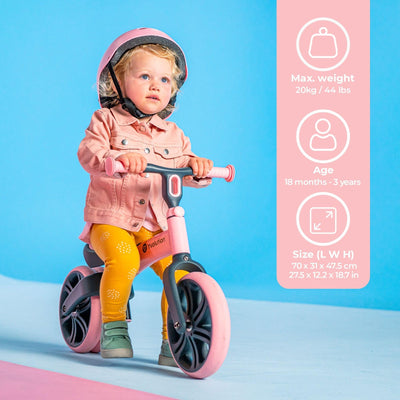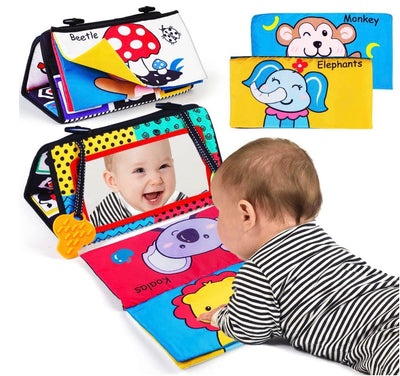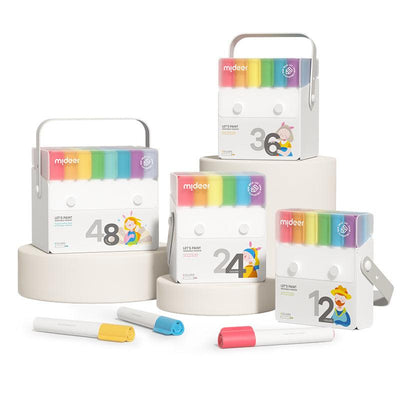When it comes to baby gear, one of the most debated items is the baby walker. Many parents are unsure whether walkers are beneficial or potentially harmful for their little ones. In this comprehensive guide, we'll explore the pros and cons of baby walkers, what experts have to say, and alternative options for helping your baby develop important motor skills.
What Is a Baby Walker?
A baby walker is a device that allows a baby who cannot yet walk independently to move around using their legs. Walkers are designed to help babies move from one place to another and are often marketed as a tool to help babies learn to walk.

The Pros of Using Baby Walkers
For some parents, baby walkers are a convenient tool that offers several benefits:
- Keeps Baby Entertained: Walkers often come with attached toys, music, and other entertainment options, keeping babies engaged while parents handle other tasks.
- Mobility for the Baby: Walkers give babies the ability to move around and explore their environment before they can walk independently, which can be exciting for both the baby and parents.
-
Strengthening Legs: Some believe that walkers help strengthen a baby’s legs, as the baby is able to push themselves around, potentially speeding up the walking process.

The Cons of Using Baby Walkers
Despite the perceived benefits, many experts and organizations, including the American Academy of Pediatrics (AAP), advise against the use of baby walkers due to several risks:
- Delayed Motor Development: Contrary to popular belief, baby walkers do not help babies learn to walk sooner. In fact, they may delay motor development. Babies in walkers tend to rely on the walker to move, which can prevent them from developing the necessary muscle strength and coordination required for independent walking.
- Increased Risk of Injury: Walkers allow babies to move quickly and reach higher objects, increasing the risk of accidents such as falls, burns, and poisoning. According to the AAP, thousands of children are injured each year due to walker-related accidents.
- Poor Posture and Walking Mechanics: Babies using walkers often adopt an unnatural posture, leaning forward and pushing off with their toes rather than using a heel-to-toe gait. This can lead to issues with walking mechanics later on.
Expert Opinions
American Academy of Pediatrics (AAP)
The AAP strongly advises against the use of baby walkers, citing the risks of injury and delayed development. They recommend that parents opt for safer alternatives that promote proper motor skill development. Babycoo Procurement Team Secure Udeas Wooden Baby Walker to reduce the risks of injury, as it features a brake system to adjust the speed.

Physical Therapists
Many physical therapists also discourage the use of walkers, pointing out that they can interfere with the natural development of a baby’s motor skills. Instead, they suggest floor play, where babies can practice rolling, crawling, and pulling themselves up to stand.
Pediatricians
Pediatricians often echo the concerns of the AAP and physical therapists. They emphasize that while walkers may seem convenient, they can pose significant risks and do not contribute to a baby’s ability to walk sooner.
Alternatives to Baby Walkers
Instead of using a baby walker, consider these safer and more beneficial alternatives:
-
Baby Bikes: These are a fun and safe way to help your baby develop balance and coordination. Baby bikes are designed to support early movement skills without the risks associated with traditional walkers.

-
Udeas Wooden Baby Walker: This wooden walker offers a unique twist mechanism that allows parents to control the speed or act as a brake, reducing the risk of injury. The design encourages proper posture and walking mechanics, making it a safer option for babies learning to walk.

-
Activity Centers: Stationary activity centers allow babies to play and engage with toys while staying in one place. These centers provide entertainment without the risks associated with walkers.
-
Tummy Time: Tummy time helps babies strengthen their neck, shoulders, arms, and back, which are essential muscles for crawling and walking. It's a great way to support your baby’s physical development.

-
Push Toys: Push toys, like baby strollers or carts, allow babies to practice walking while offering support. These toys encourage proper walking mechanics and can help babies develop balance and coordination.

- Encouraging Natural Movement: Allowing your baby to explore and move around freely in a safe, supervised environment is the best way to promote healthy motor development.
Conclusion: Should You Use a Baby Walker?
While baby walkers may seem like a fun and convenient option, the potential risks and lack of developmental benefits make them a questionable choice. Experts generally recommend against their use, advocating instead for safer alternatives that support natural motor skill development.
Before deciding whether to use a baby walker, consider the expert opinions and the available alternatives that prioritize your baby's safety and development.
References
- American Academy of Pediatrics (AAP). (2021). "Baby Walkers: A Dangerous Choice." Retrieved from https://www.aap.org
- Mayo Clinic. (2020). "Are Baby Walkers Safe?" Retrieved from https://www.mayoclinic.org
- Canadian Paediatric Society. (2018). "Baby Walkers: More Harm Than Good." Retrieved from https://www.cps.ca
We write this blog, trying to provide a balanced view of the use of baby walkers, helping parents make informed decisions based on expert recommendations and safety considerations. Shop from Babycoo Australia for the best and most safe Baby walkers & baby bikes collection.
Written by Irene, a mom of two and part of the Babycoo customer service team. If quoting opinions from this blog, please cite the original source.
